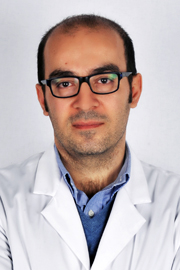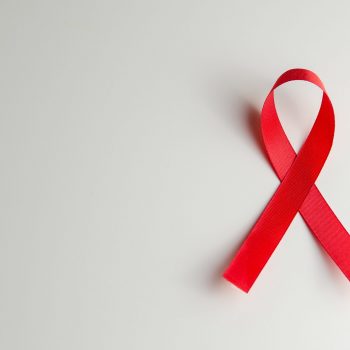The alarm was raised by the United Nations: although deaths are decreasing and below the million mark and although the number of people having access to treatment is increasing (21.7 million in 2017), progress in the fight against AIDS is still too slow. New infections are on the rise in at least 50 countries and the pace of progress to defeat the epidemic is not keeping pace with the targets set by the UN report for 2020. We talked about this issue with Professor Domenico Mavilio, immunologist in charge of the Unit of Clinical and Experimental Immunology in Humanitas and professor at the State University of Milan.
“A long road remains to be travelled”
The UN joint HIV/AIDS programme of the same name has defined the fight against the virus as “a long way to go”. According to the United Nations Organization, entire regions are lagging behind, the enormous progress made for children is not sustainable, women are still disproportionately affected, resources do not match the commitments made and key populations continue to be ignored. This was said by Michel Sidibé, executive director of Unaids. According to the report, which cites data for 2017, 36.9 million people in the world live with the HIV virus, 21.7 million of which have access to treatment, 1.8 million new infections and 940.00 deaths.
Young people are most at risk: the only treatment so far remains prevention
It was the 1980s when we began to talk about AIDS and prevention against HIV infection. More than thirty years have passed, but the emergency for HIV, the virus responsible for the immunodeficiency syndrome called AIDS, is not yet over, especially among young people. Even more surprisingly, the number of people infected with HIV is growing in Asia and Europe, while it is falling by up to 40% in developing countries where AIDS awareness and prevention campaigns are still very active.
“In particular, the problem concerns young people – explained Mavillio: in fact only a small percentage of AIDS patients are over 50 years of age, which means the success of the prevention campaigns against HIV infection made in the 80s has served to create culture to prevention. In Italy, for example, attention to this disease has decreased, especially among young people. Many of them become infected with the HIV virus and do not know it, do not notice it, and spread it among their peers. Young people themselves are the main vectors of the HIV virus; their unawareness is the main problem. They do not know about AIDS and its effects and realize that they have been infected with HIV many weeks or months after the acute infection, having in the meantime helped to spread the virus to other young people. The only definitive treatment that is effective for HIV at the moment is prevention.








